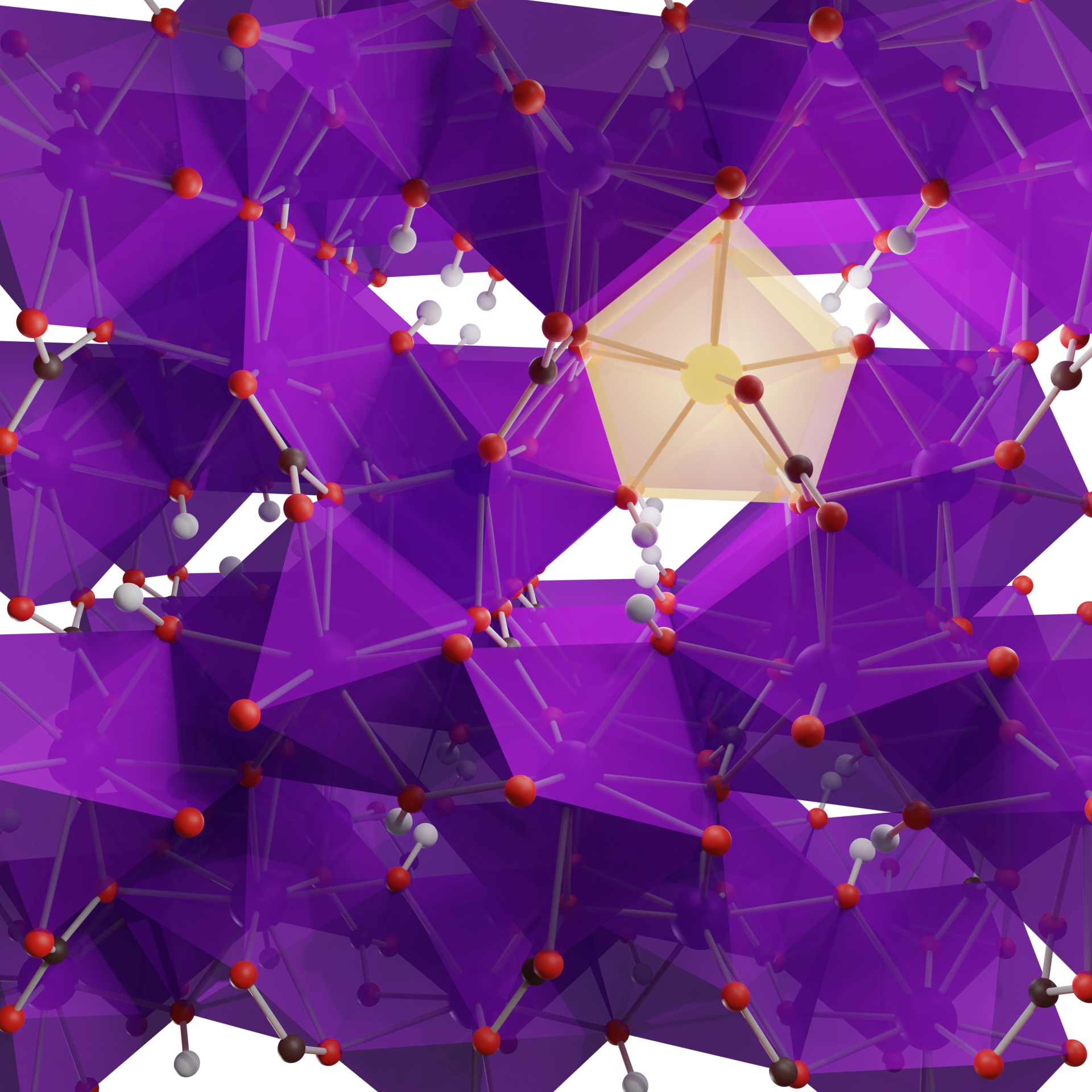The research group has a broad range of materials chemistry expertise required to develop materials for energy and electronic applications. This includes design and creation of new materials, investigation of their physical properties and developing the understanding of their atomic, magnetic and electronic structures, crucial to optimising their properties for application. This includes both experimental and computational approaches, including a significant majority of the expertise in using central neutron, X-ray and computational facilities within the school. Current materials of interest include those for Li and Na-ion batteries, photovoltaic cells, nanoparticles and glasses for environmental remediation, ferroelectric materials for energy storage and sensing, multiferroics and magnetic materials for cooling and data storage. The importance of the analytical techniques utilised by the group for the scientific analysis of cultural heritage objects also leads to significant interest in this area in such artefacts.
Techniques
- Solid State Synthesis (Alfredsson, Arnold, Chadwick, Corrias, Green, Saines)
- Diffraction and Crystallography (Arnold, Corrias, Green, Saines)
- Neutron and X-ray Central Facilities (Alfredsson, Arnold, Berko, Chadwick, Corrias, Green, Mountjoy, Saines)
- Solid State Simulations (Alfredsson, Mountjoy)
Materials
- Energy materials (Alfredsson, Chadwick, Corrias, Green, Mounjoy, Saines)
- Nanocrystalline materials (Arnold, Chadwick, Corrias, Mountjoy)
- Materials for electronics (Alfredsson, Arnold, Saines)
- Multiferroic materials (Arnold, Saines)
- Cultural Heritage (Arnold, Berko, Chadwick)
